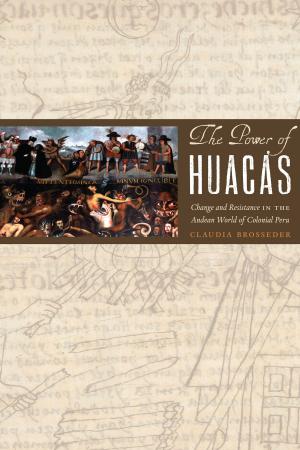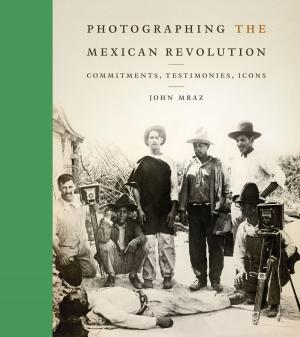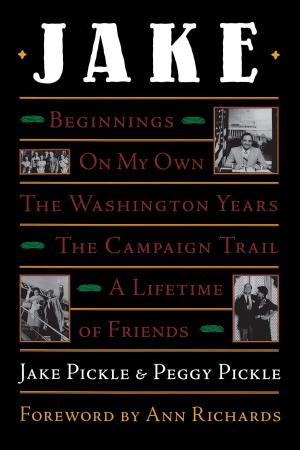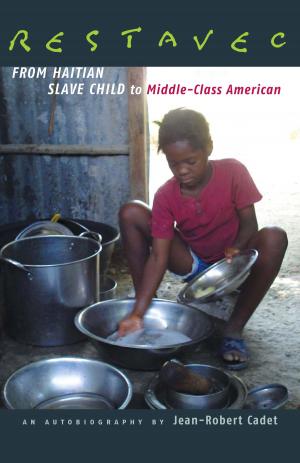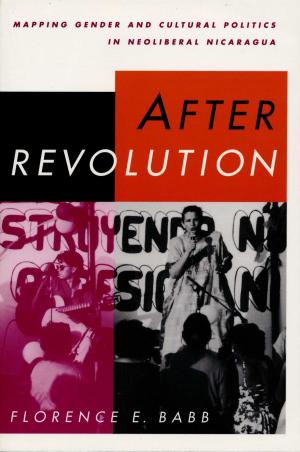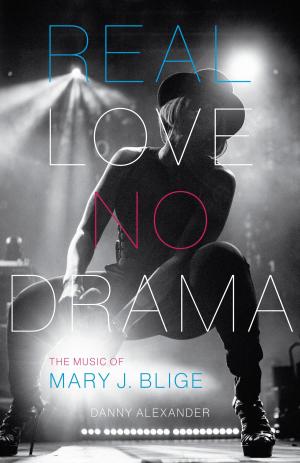Frankie and Johnny
Race, Gender, and the Work of African American Folklore in 1930s America
Nonfiction, Social & Cultural Studies, Social Science, Folklore & Mythology, Cultural Studies, African-American Studies, History, Americas, United States, 20th Century| Author: | Stacy I. Morgan | ISBN: | 9781477312100 |
| Publisher: | University of Texas Press | Publication: | April 18, 2017 |
| Imprint: | University of Texas Press | Language: | English |
| Author: | Stacy I. Morgan |
| ISBN: | 9781477312100 |
| Publisher: | University of Texas Press |
| Publication: | April 18, 2017 |
| Imprint: | University of Texas Press |
| Language: | English |
Originating in a homicide in St. Louis in 1899, the ballad of "Frankie and Johnny" became one of America's most familiar songs during the first half of the twentieth century. It crossed lines of race, class, and artistic genres, taking form in such varied expressions as a folk song performed by Huddie Ledbetter (Lead Belly); a ballet choreographed by Ruth Page and Bentley Stone under New Deal sponsorship; a mural in the Missouri State Capitol by Thomas Hart Benton; a play by John Huston; a motion picture, She Done Him Wrong, that made Mae West a national celebrity; and an anti-lynching poem by Sterling Brown.In this innovative book, Stacy I. Morgan explores why African American folklore—and "Frankie and Johnny" in particular—became prized source material for artists of diverse political and aesthetic sensibilities. He looks at a confluence of factors, including the Harlem Renaissance, the Great Depression, and resurgent nationalism, that led those creators to engage with this ubiquitous song. Morgan's research uncovers the wide range of work that artists called upon African American folklore to perform in the 1930s, as it alternately reinforced and challenged norms of race, gender, and appropriate subjects for artistic expression. He demonstrates that the folklorists and creative artists of that generation forged a new national culture in which African American folk songs featured centrally not only in folk and popular culture but in the fine arts as well.
Originating in a homicide in St. Louis in 1899, the ballad of "Frankie and Johnny" became one of America's most familiar songs during the first half of the twentieth century. It crossed lines of race, class, and artistic genres, taking form in such varied expressions as a folk song performed by Huddie Ledbetter (Lead Belly); a ballet choreographed by Ruth Page and Bentley Stone under New Deal sponsorship; a mural in the Missouri State Capitol by Thomas Hart Benton; a play by John Huston; a motion picture, She Done Him Wrong, that made Mae West a national celebrity; and an anti-lynching poem by Sterling Brown.In this innovative book, Stacy I. Morgan explores why African American folklore—and "Frankie and Johnny" in particular—became prized source material for artists of diverse political and aesthetic sensibilities. He looks at a confluence of factors, including the Harlem Renaissance, the Great Depression, and resurgent nationalism, that led those creators to engage with this ubiquitous song. Morgan's research uncovers the wide range of work that artists called upon African American folklore to perform in the 1930s, as it alternately reinforced and challenged norms of race, gender, and appropriate subjects for artistic expression. He demonstrates that the folklorists and creative artists of that generation forged a new national culture in which African American folk songs featured centrally not only in folk and popular culture but in the fine arts as well.


